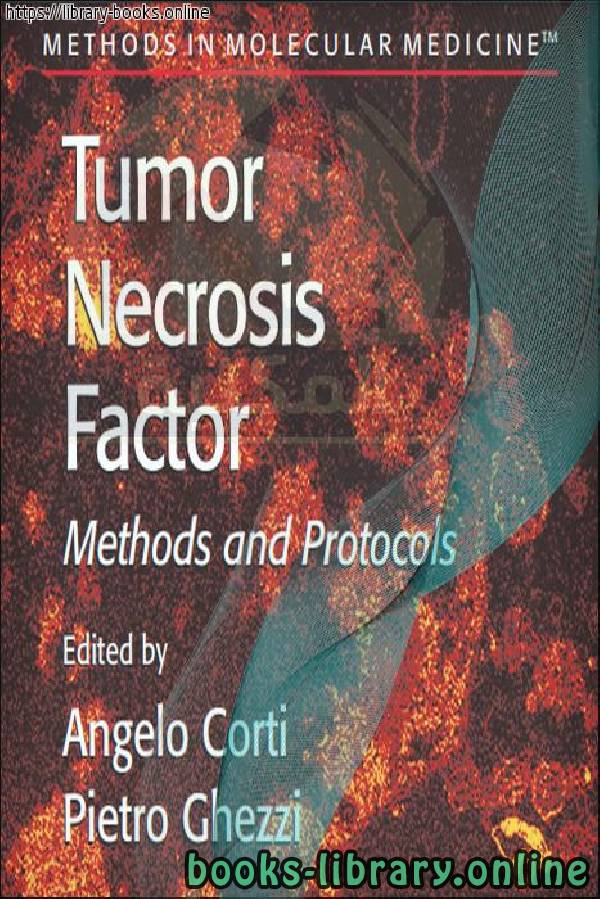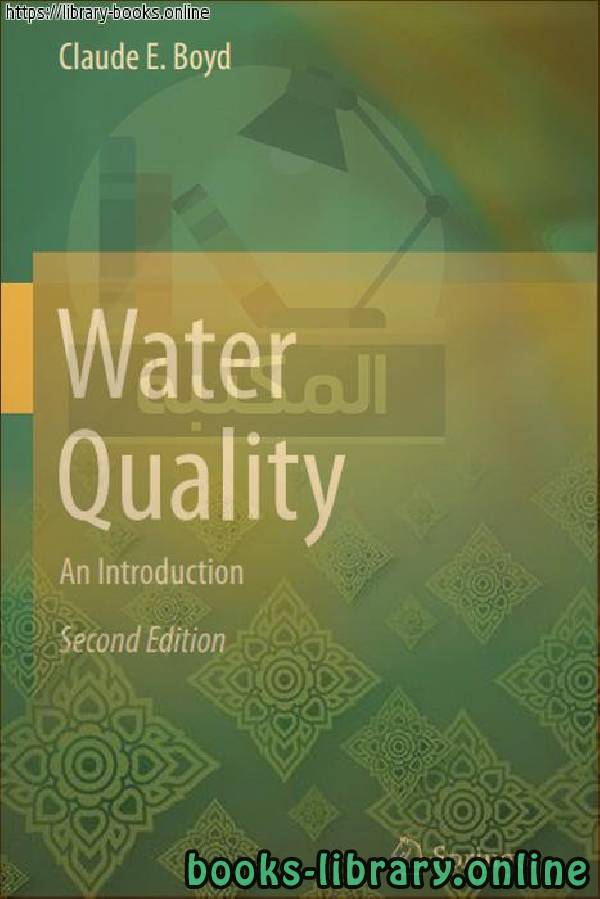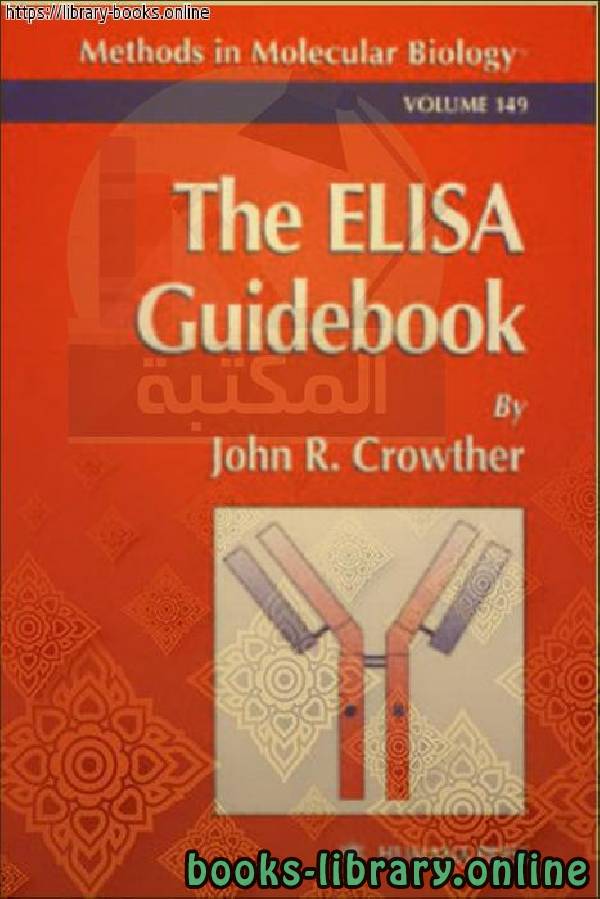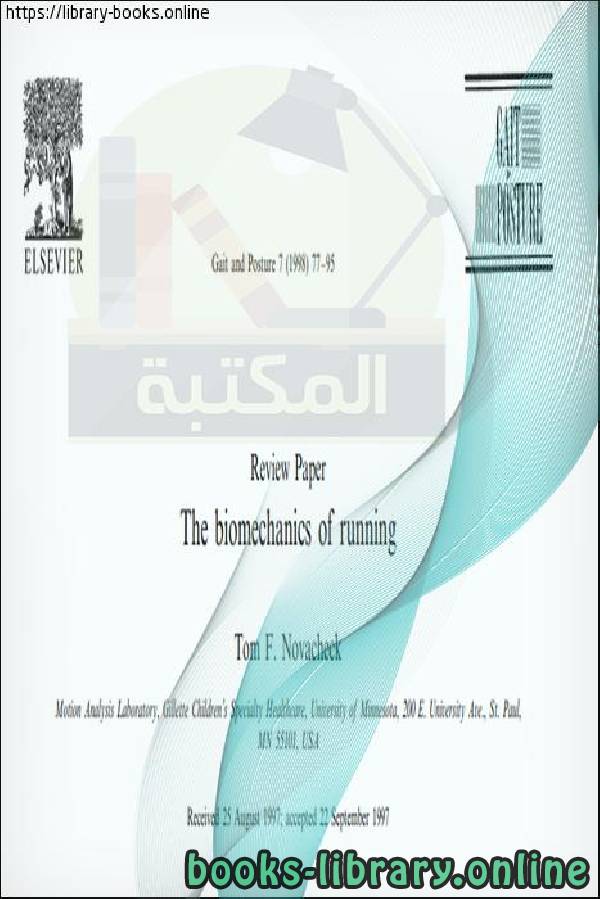كتاب Tumor Necrosis Factor, Methods and Protocols
نبذه عن الكتاب: 1. History of TNF 1.1. The Era of Soluble Mediators and the Magic Bullets Against Cancer The 1970s and 1980s were the golden age of cytokines, during which the biochemical nature of several soluble mediators was clarified. Cellular immunologists then identified macrophage-derived mediators that activate lymphocytes (lymphocyte-activating factors, or LAFs), along with lymphocyte-derived mediators that activate macrophages (macrophage-activating factors, or MAFs). These molecules added to the list of mediators defined as growth factors, which include hematopoietic growth factors (that now retain those names: G-CSF, GM-CSF, EPO), and interferons (described as antiviral factors in the late 1950s). One particularly active field was the research of soluble mediators that could kill tumor cells or boost anticancer defenses. Along this line, earlier studies focused on a lymphocyte-derived cytotoxin termed lymphotoxin (LT), and research led to the discovery of a serum factor capable of inducing hemor- 2 Ghezzi and Cerami rhagic necrosis of tumors in vivo and of killing tumor cells in vitro. This factor was termed tumor necrosis factor (TNF) and was shown to be mainly a macrophage product, as opposed to LT. In 1985 several groups reported the cloning of human and mouse TNF and the ability of recombinant TNF to induce hemorrhagic necrosis of tumors in mice. It would not have been easy, 15 years ago, to predict that the main clinical application of the discovery and characterization of TNF would consist of the administration of anti-TNF molecules for the therapy of rheumatoid arthritis and Crohn’s disease. In fact, TNF turned out to be a key pathogenic mediator with pleiotropic activities, and its history and path, from immunity to inflammation, was very similar to that of interleukin (IL)-1. The fact that the characterization of the inflammatory action of TNF stemmed from studies on models of sepsis was also unexpected. 1.2. From Cancer and Immunity to Endotoxic Shock and Septic Shock Studies on the molecular basis of cachexia associated with sepsis led to the finding that macrophages activated with endotoxin and used to reproduce settings of septic shock, release a factor that is cachectogenic in vivo and inhibits ipogenesis in cultured adipocytes. We termed this factor “cachectin,” and then we purified it, we found that it was identical to TNF. These earlier studies pointed out a pathogenic role for TNF in sepsis and inflammation, which was confirmed by earlier clinical trials with rTNF in cancer patients showing toxicity in phase I and II studies. The first studies of neutralization of endogenous TNF have shown that this cytokine is a lethal mediator associated with toxicity of endotoxin (1) and septic shock induced by live bacteria (2). These studies have pointed at the possible use of anti-TNF antibodies in the therapy of septic shock. However, the clinical trials conducted so far have not indicated a clear efficacy of anti-TNF in septic shock. Indeed, after a period of great enthusiasm, during which septic shock was considered the prototypic cytokine-mediated disease, most of the big pharmaceutical companies became daunted by the complexity of this pathological condition, which is associated with other diseases such as cancer, trauma, or burn injury. Some attempts have been toward a narrower definition of the component of septic shock, including acute respiratory distress syndrome (ARDS) and multiple organ failure (MOF), in which cytokines play an important role. In 1992 the American College of Chest Physicians and the Society of Critical Care Medicine Consensus Conference introduced the term “systemic inflammatory response syndrome” (SIRS) (3). Despite these difficulties, the scientists working in the field of cytokines and inflammation have continued using the models of lipopolysaccharide (LPS) toxicity as a means of inducing a systemic inflammatory response (to stick to the above definition).Angelo Corti Pietro Ghezzi - ❰ له مجموعة من الإنجازات والمؤلفات أبرزها ❞ Tumor Necrosis Factor, Methods and Protocols ❝ ❱
من Biology Books علم الأحياء - مكتبة الكتب العلمية.

قراءة كتاب Tumor Necrosis Factor, Methods and Protocols أونلاين
معلومات عن كتاب Tumor Necrosis Factor, Methods and Protocols:
1. History of TNF
1.1. The Era of Soluble Mediators and the Magic Bullets
Against Cancer
The 1970s and 1980s were the golden age of cytokines, during which the
biochemical nature of several soluble mediators was clarified. Cellular immunologists then identified macrophage-derived mediators that activate lymphocytes (lymphocyte-activating factors, or LAFs), along with lymphocyte-derived
mediators that activate macrophages (macrophage-activating factors, or
MAFs). These molecules added to the list of mediators defined as growth factors, which include hematopoietic growth factors (that now retain those names:
G-CSF, GM-CSF, EPO), and interferons (described as antiviral factors in the
late 1950s). One particularly active field was the research of soluble mediators
that could kill tumor cells or boost anticancer defenses. Along this line, earlier
studies focused on a lymphocyte-derived cytotoxin termed lymphotoxin (LT),
and research led to the discovery of a serum factor capable of inducing hemor-
2 Ghezzi and Cerami
rhagic necrosis of tumors in vivo and of killing tumor cells in vitro. This factor
was termed tumor necrosis factor (TNF) and was shown to be mainly a macrophage product, as opposed to LT. In 1985 several groups reported the cloning of human and mouse TNF and the ability of recombinant TNF to induce
hemorrhagic necrosis of tumors in mice. It would not have been easy, 15 years
ago, to predict that the main clinical application of the discovery and characterization of TNF would consist of the administration of anti-TNF molecules for
the therapy of rheumatoid arthritis and Crohn’s disease. In fact, TNF turned
out to be a key pathogenic mediator with pleiotropic activities, and its history
and path, from immunity to inflammation, was very similar to that of
interleukin (IL)-1. The fact that the characterization of the inflammatory action
of TNF stemmed from studies on models of sepsis was also unexpected.
1.2. From Cancer and Immunity to Endotoxic Shock and Septic Shock
Studies on the molecular basis of cachexia associated with sepsis led to the
finding that macrophages activated with endotoxin and used to reproduce settings of septic shock, release a factor that is cachectogenic in vivo and inhibits
ipogenesis in cultured adipocytes. We termed this factor “cachectin,” and then
we purified it, we found that it was identical to TNF.
These earlier studies pointed out a pathogenic role for TNF in sepsis and
inflammation, which was confirmed by earlier clinical trials with rTNF in
cancer patients showing toxicity in phase I and II studies. The first studies of
neutralization of endogenous TNF have shown that this cytokine is a lethal
mediator associated with toxicity of endotoxin (1) and septic shock induced by
live bacteria (2). These studies have pointed at the possible use of anti-TNF
antibodies in the therapy of septic shock. However, the clinical trials conducted
so far have not indicated a clear efficacy of anti-TNF in septic shock.
Indeed, after a period of great enthusiasm, during which septic shock was
considered the prototypic cytokine-mediated disease, most of the big pharmaceutical companies became daunted by the complexity of this pathological condition, which is associated with other diseases such as cancer, trauma, or burn
injury. Some attempts have been toward a narrower definition of the component of septic shock, including acute respiratory distress syndrome (ARDS)
and multiple organ failure (MOF), in which cytokines play an important role.
In 1992 the American College of Chest Physicians and the Society of Critical
Care Medicine Consensus Conference introduced the term “systemic inflammatory response syndrome” (SIRS) (3). Despite these difficulties, the scientists working in the field of cytokines and inflammation have continued using
the models of lipopolysaccharide (LPS) toxicity as a means of inducing a
systemic inflammatory response (to stick to the above definition).
سنة النشر : 2004م / 1425هـ .
عدد مرات التحميل : 3782 مرّة / مرات.
تم اضافته في : الأربعاء , 29 يناير 2020م.
حجم الكتاب عند التحميل : 4.634 .
تعليقات ومناقشات حول الكتاب:
Biologically
Biology is a natural science that is concerned with the study of life, its various forms and its function, how these organisms interact with each other and with the surrounding environment. The word biology in Greek is made up of two words: bio (βίος) meaning life. And loggia (-λογία) means science or study. Biology: the similarity of vegetation and animal cover on the edges of the African and American states, and the existence of the same fossil.
Branches of biology
Biology is an ancient science thousands of years old and modern biology began in the nineteenth century. This science has multiple branches. Among them are:
Anatomy
Botany
Biochemia
Biogeography
Biofisia
Cytology or cell science
Ecology or environmental science
نبذه عن الكتاب:
1. History of TNF
1.1. The Era of Soluble Mediators and the Magic Bullets
Against Cancer
The 1970s and 1980s were the golden age of cytokines, during which the
biochemical nature of several soluble mediators was clarified. Cellular immunologists then identified macrophage-derived mediators that activate lymphocytes (lymphocyte-activating factors, or LAFs), along with lymphocyte-derived
mediators that activate macrophages (macrophage-activating factors, or
MAFs). These molecules added to the list of mediators defined as growth factors, which include hematopoietic growth factors (that now retain those names:
G-CSF, GM-CSF, EPO), and interferons (described as antiviral factors in the
late 1950s). One particularly active field was the research of soluble mediators
that could kill tumor cells or boost anticancer defenses. Along this line, earlier
studies focused on a lymphocyte-derived cytotoxin termed lymphotoxin (LT),
and research led to the discovery of a serum factor capable of inducing hemor-
2 Ghezzi and Cerami
rhagic necrosis of tumors in vivo and of killing tumor cells in vitro. This factor
was termed tumor necrosis factor (TNF) and was shown to be mainly a macrophage product, as opposed to LT. In 1985 several groups reported the cloning of human and mouse TNF and the ability of recombinant TNF to induce
hemorrhagic necrosis of tumors in mice. It would not have been easy, 15 years
ago, to predict that the main clinical application of the discovery and characterization of TNF would consist of the administration of anti-TNF molecules for
the therapy of rheumatoid arthritis and Crohn’s disease. In fact, TNF turned
out to be a key pathogenic mediator with pleiotropic activities, and its history
and path, from immunity to inflammation, was very similar to that of
interleukin (IL)-1. The fact that the characterization of the inflammatory action
of TNF stemmed from studies on models of sepsis was also unexpected.
1.2. From Cancer and Immunity to Endotoxic Shock and Septic Shock
Studies on the molecular basis of cachexia associated with sepsis led to the
finding that macrophages activated with endotoxin and used to reproduce settings of septic shock, release a factor that is cachectogenic in vivo and inhibits
ipogenesis in cultured adipocytes. We termed this factor “cachectin,” and then
we purified it, we found that it was identical to TNF.
These earlier studies pointed out a pathogenic role for TNF in sepsis and
inflammation, which was confirmed by earlier clinical trials with rTNF in
cancer patients showing toxicity in phase I and II studies. The first studies of
neutralization of endogenous TNF have shown that this cytokine is a lethal
mediator associated with toxicity of endotoxin (1) and septic shock induced by
live bacteria (2). These studies have pointed at the possible use of anti-TNF
antibodies in the therapy of septic shock. However, the clinical trials conducted
so far have not indicated a clear efficacy of anti-TNF in septic shock.
Indeed, after a period of great enthusiasm, during which septic shock was
considered the prototypic cytokine-mediated disease, most of the big pharmaceutical companies became daunted by the complexity of this pathological condition, which is associated with other diseases such as cancer, trauma, or burn
injury. Some attempts have been toward a narrower definition of the component of septic shock, including acute respiratory distress syndrome (ARDS)
and multiple organ failure (MOF), in which cytokines play an important role.
In 1992 the American College of Chest Physicians and the Society of Critical
Care Medicine Consensus Conference introduced the term “systemic inflammatory response syndrome” (SIRS) (3). Despite these difficulties, the scientists working in the field of cytokines and inflammation have continued using
the models of lipopolysaccharide (LPS) toxicity as a means of inducing a
systemic inflammatory response (to stick to the above definition).
Biology
Human biology
Who is the founder of biology?
The importance of biology
Areas of work in the field of biology
Theories of biology
Research on biology for the first grade of secondary school
Human biology
 مهلاً !
مهلاً !قبل تحميل الكتاب .. يجب ان يتوفر لديكم برنامج تشغيل وقراءة ملفات pdf
يمكن تحميلة من هنا 'تحميل البرنامج'

نوع الكتاب : pdf.
اذا اعجبك الكتاب فضلاً اضغط على أعجبني و يمكنك تحميله من هنا:


كتب اخرى في Biology Books
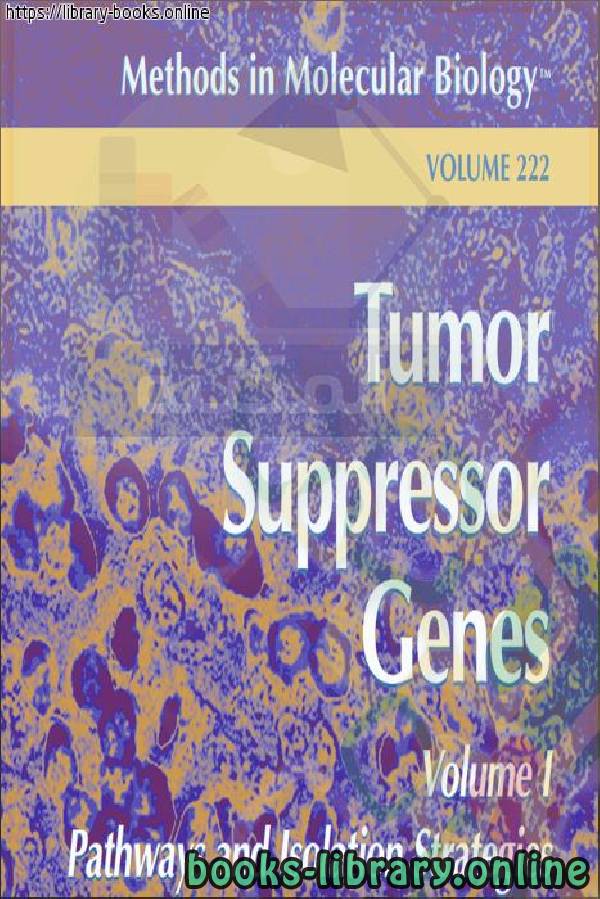
Tumor Suppressor Genes Pathways and Isolation Strategies PDF
قراءة و تحميل كتاب Tumor Suppressor Genes Pathways and Isolation Strategies PDF مجانا
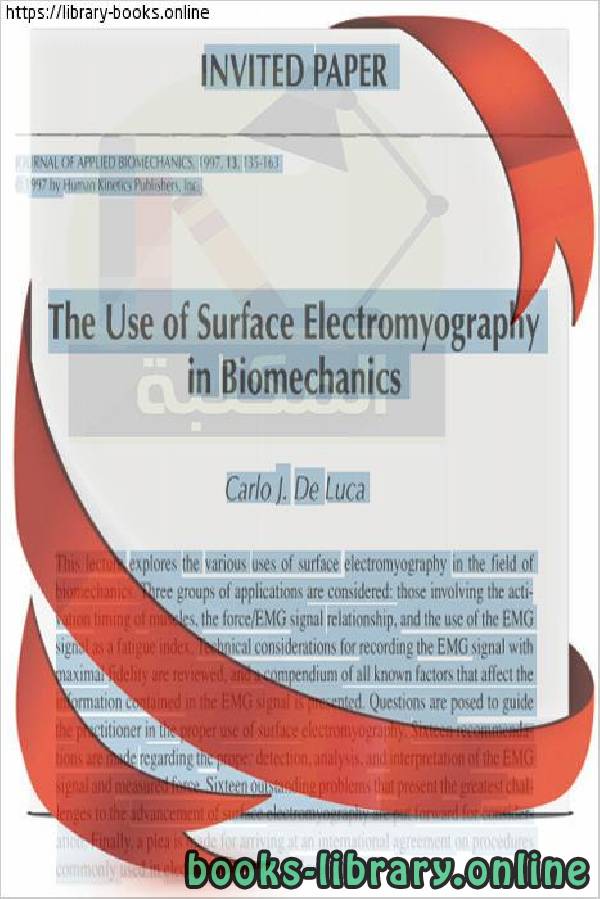
The Use of Surface Electromyography in Biomechanics PDF
قراءة و تحميل كتاب The Use of Surface Electromyography in Biomechanics PDF مجانا
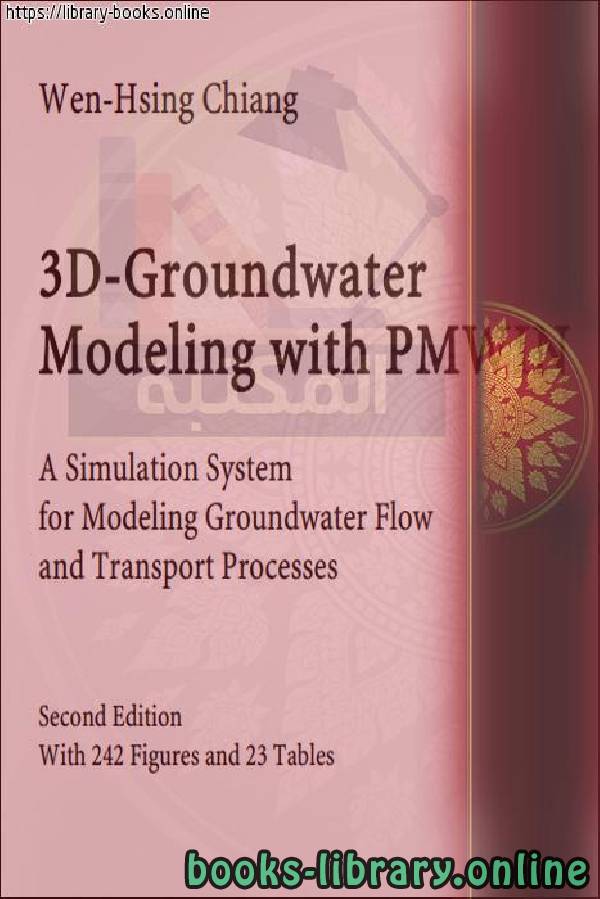
A Simulation System for Modeling Groundwater Flow and Transport PDF
قراءة و تحميل كتاب A Simulation System for Modeling Groundwater Flow and Transport PDF مجانا

Fundamentals of Physical Geography PDF
قراءة و تحميل كتاب Fundamentals of Physical Geography PDF مجانا
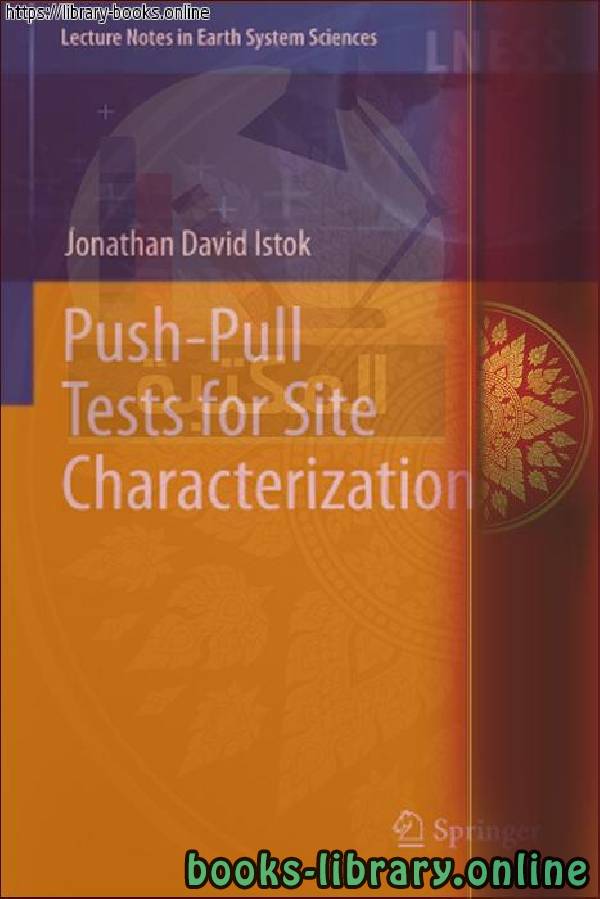
اختبارات الدفع والسحب لتوصيف الموقع PDF
قراءة و تحميل كتاب اختبارات الدفع والسحب لتوصيف الموقع PDF مجانا
